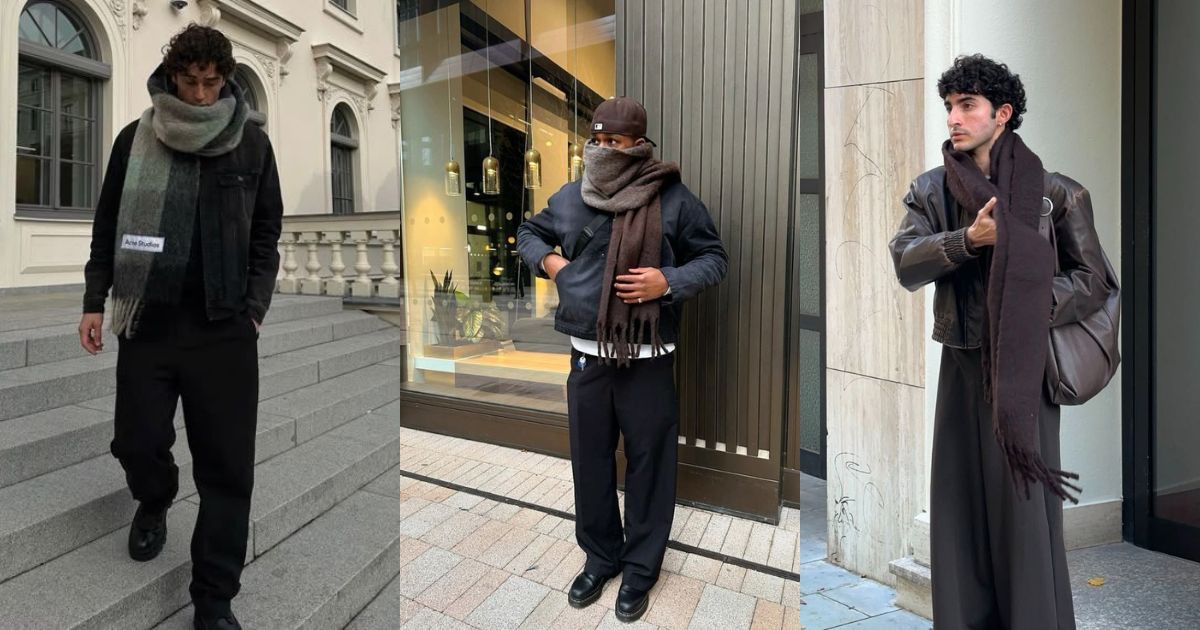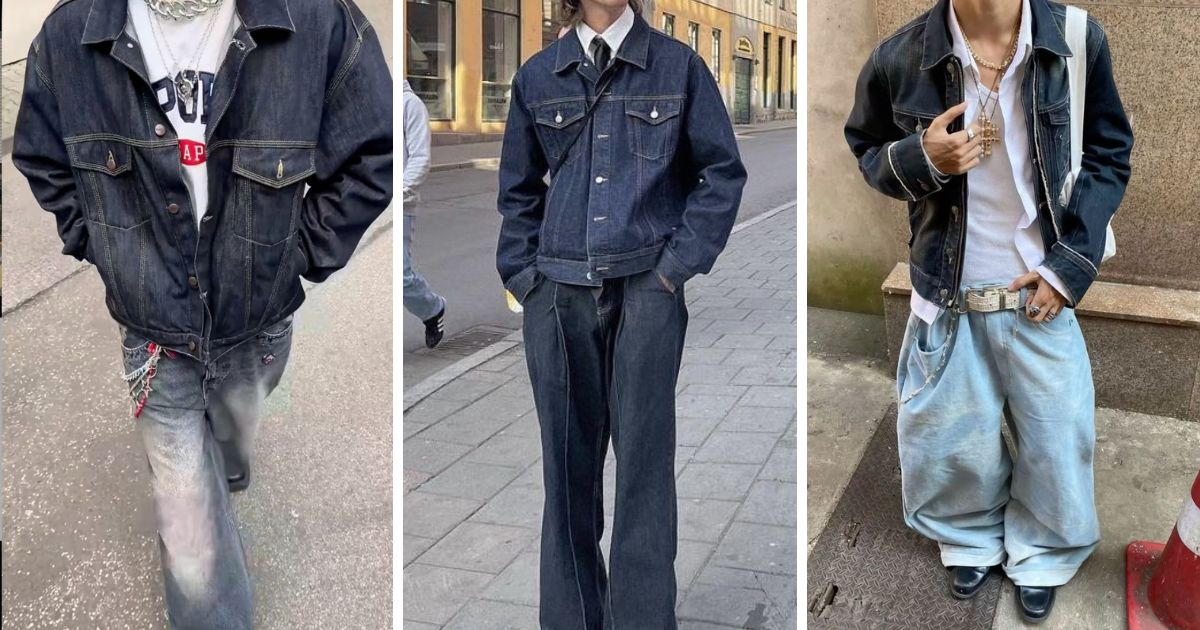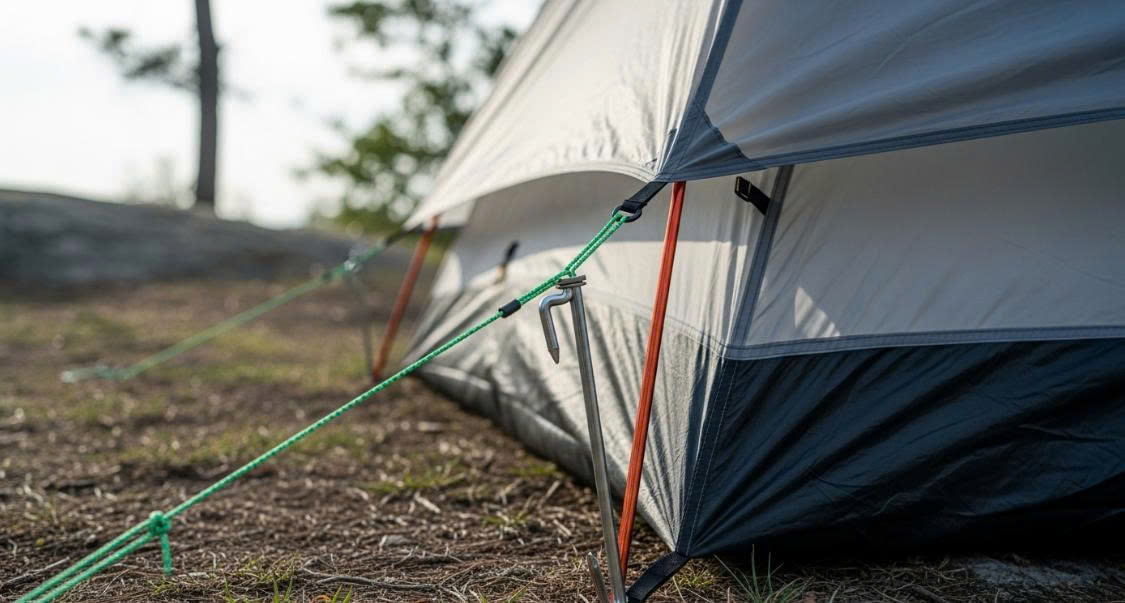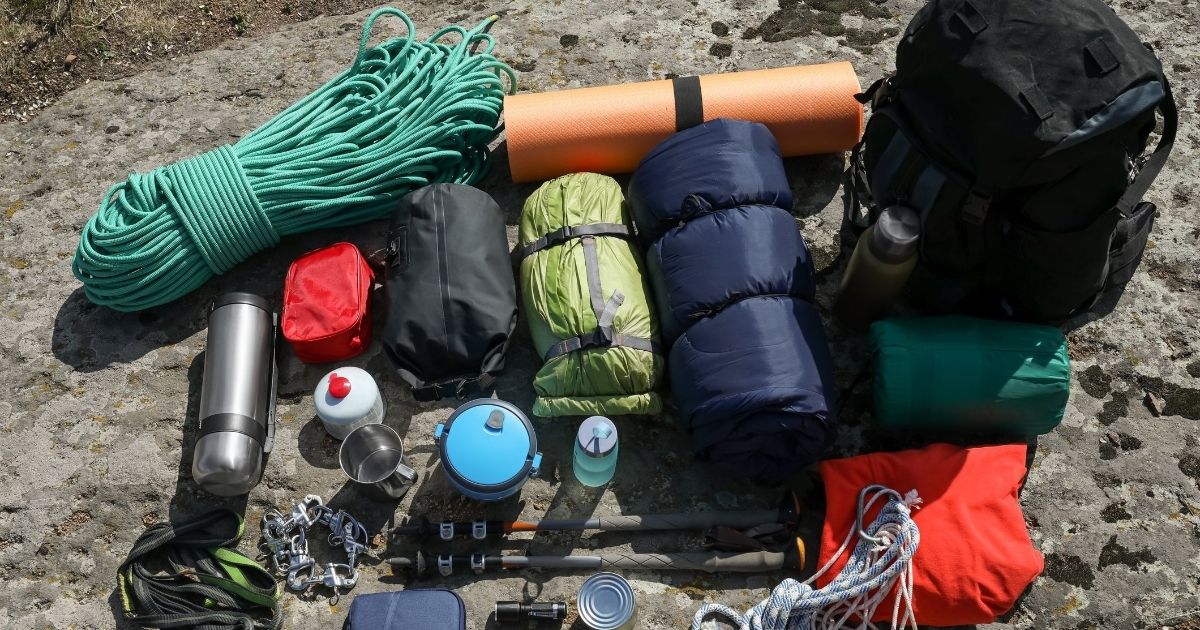There’s a moment that every backpacker lives for: the wind on your face atop a remote peak, the silence of a forest trail at dawn, the thrill of venturing beyond the reach of roads and Wi-Fi. But every step of that journey depends on the gear you carry. Whether you're a first-timer or a seasoned hiker refining your loadout, having the right backpacking gear can make the difference between a transcendent experience and a miserable trek.
In this guide, we’ll explore the absolute backpacking gear essentials you need to stay safe, comfortable, and ready for whatever the wild throws at you. We’ll walk through the gear categories one by one—highlighting not only what to bring but why you need it and how to choose the best version for your needs.
1. The Backpack: Your Mobile Basecamp

Your backpack isn’t just luggage—it’s your home on the trail. The right pack balances weight, capacity, comfort, and durability.
What to Look For:
-
Capacity: For trips 1–3 nights, a 40–50L pack may suffice. For longer journeys, aim for 60–70L.
-
Fit: Choose a backpack that matches your torso length and hip size. Most quality packs come in adjustable sizes.
-
Features: Look for padded hip belts, external pockets, hydration reservoir compatibility, and compression straps.
Pro Tip:
Try your pack fully loaded before your trip. Take a short hike to test comfort and adjust weight distribution.
2. The Big Three: Shelter, Sleeping Bag, Sleeping Pad

These three items dominate your pack’s weight—choose wisely and you’ll save both pounds and headaches.
a) Shelter
-
Options: Tent (most popular), tarp (ultralight), hammock (for wooded areas).
-
Considerations: Weather resistance, weight, ease of setup, and bug protection.
-
Recommended: A lightweight two-person tent with a footprint and good ventilation.
b) Sleeping Bag
-
Temperature Rating: Match it to the lowest nighttime temps you expect. A 20°F (-6°C) bag covers most conditions.
-
Fill Type: Down (lighter, compresses better) vs. synthetic (cheaper, better when wet).
-
Shape: Mummy bags offer warmth and weight savings; rectangular bags are roomier.
c) Sleeping Pad
-
Types: Foam, self-inflating, or air pads.
-
R-value: Indicates insulation; 3–5 is great for three-season backpacking.
-
Comfort Tip: Air pads are comfier but more fragile—carry a patch kit!
3. Clothing: Layer Smart, Pack Light

The key to comfort in the backcountry is layering—not bringing your entire wardrobe.
The Essential Layers:
-
Base Layer: Moisture-wicking shirt and thermal underwear (synthetic or merino wool).
-
Insulating Layer: Fleece or down jacket for warmth.
-
Outer Layer: Waterproof, breathable shell (jacket and pants) for wind and rain.
-
Camp Clothes: Dry socks, beanie, gloves, and clean shirt for sleeping.
Footwear:
-
Boots vs. Trail Runners: Boots offer ankle support; trail runners are lighter and dry faster.
-
Socks: Wool or synthetic hiking socks—never cotton!
-
Extras: Gaiters for muddy/snowy terrain, camp sandals for relaxing.
4. Cooking & Food: Lightweight and Fuel-Efficient

Eating well on the trail is key for morale and energy. You don’t need a full kitchen—just a smart setup.
Cooking Gear:
-
Stove: Canister stoves (like the MSR PocketRocket) are compact and efficient.
-
Cookware: One pot, one spork, and a lightweight mug will do.
-
Fuel: Match fuel type to your stove—carry enough for meals + backup.
Food:
-
Meal Types: Dehydrated meals, pasta, rice packets, oatmeal, trail mix, jerky, bars.
-
Calorie Goal: 2,500–4,000 calories per day depending on exertion.
-
Bear Safety: In bear country, bring a bear canister or hang your food.
5. Water Filtration & Hydration

Clean water is non-negotiable. Even crystal-clear alpine streams can harbor harmful bacteria or protozoa.
Filtration Options:
-
Pump Filters: Reliable but heavier.
-
Squeeze Filters: Lightweight, fast (e.g., Sawyer Squeeze).
-
UV Purifiers: Effective, but need batteries.
-
Chemical Tablets: Lightweight backup.
Water Carrying:
-
Hydration Bladders: Easy sipping while hiking.
-
Water Bottles: Durable and simple.
-
Collapsible Reservoirs: Great for camp storage.
6. Navigation Tools: Stay Found

Even if you hike marked trails, losing your way is always a risk. Have multiple navigation tools.
Essentials:
-
Map and Compass: Always carry them, and know how to use them.
-
GPS Device: Great for tracking and emergencies.
-
Phone with Offline Maps: Apps like Gaia GPS or AllTrails.
-
Altimeter Watch: Handy for elevation and tracking progress.
7. Lighting: See and Be Seen

A headlamp is your best friend after dark—for cooking, reading, or unexpected night hikes.
Recommendations:
-
Headlamp with Adjustable Beam: Hands-free and versatile.
-
Lumens: 200–350 lumens is great for general use.
-
Extra Batteries: Especially if temps drop (cold drains batteries fast).
8. First Aid & Safety: Be Your Own Medic

In the backcountry, you are often hours (or days) from help. Carry a kit tailored to your needs.
Must-Haves:
-
Bandages, gauze, medical tape
-
Tweezers, scissors, moleskin (for blisters)
-
Pain relievers, antihistamines, anti-diarrhea meds
-
Personal prescriptions
-
Emergency blanket
-
CPR and basic wound care knowledge
Bonus:
-
Whistle: For signaling.
-
Mirror: Signal aircraft in emergencies.
-
PLB or Satellite Messenger: For remote treks.
9. Multi-Tools & Repair Kits: Fix Anything

Small tools can solve big problems on the trail.
Gear Repair:
-
Duct tape (wrap around trekking pole or water bottle)
-
Tenacious tape (for tent/sleeping pad repairs)
-
Sewing kit
-
Zip ties
Tools:
-
Lightweight knife or multitool
-
Mini scissors or nail clippers
-
Lighter (bring two!)
10. Optional but Smart Add-ons
While not strictly essential, these items dramatically improve comfort and utility:
-
Trekking Poles: Reduce strain on knees, improve balance.
-
Pack Cover or Liner: Keep contents dry.
-
Stuff Sacks/Dry Bags: Organize gear and protect electronics.
-
Notebook & Pen: Journal your trip or leave notes.
-
Sit Pad or Lightweight Chair: Luxurious comfort at camp.
Final Packing Tips
Weight Matters:
Aim to keep your base weight (gear without food/water) under 20 lbs (9 kg) for comfort. Ultralight backpackers may go below 10 lbs (4.5 kg), but comfort and safety should never be sacrificed for minimalism.
Do a Shakedown:
Before your first trip, pack everything and do a local overnight hike. You'll quickly discover what you really need—and what you don’t.
Know Your Route:
Some gear depends on terrain, climate, wildlife, and altitude. Research trail conditions thoroughly before choosing your final gear.
Conclusion: Preparedness is Freedom
Backpacking strips life to its essentials—but that doesn’t mean it’s simple. With the right gear, you’ll not only survive in the wild, you’ll thrive. You'll walk lighter, sleep warmer, eat better, and enjoy the kind of freedom that only the trail can offer.
So plan your kit wisely, test it thoroughly, and pack with purpose. The trail awaits—and with the right essentials in your backpack, the wilderness becomes not a challenge, but a companion.



.png)



.jpg)

.jpg)


.png)

